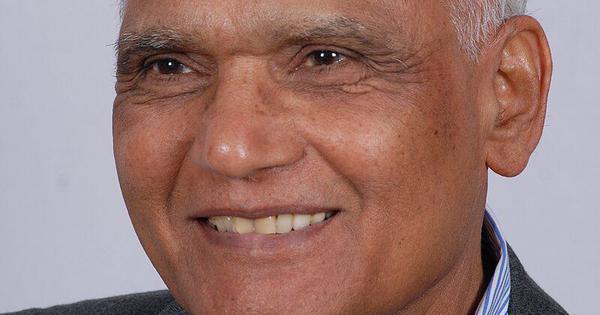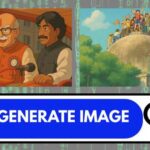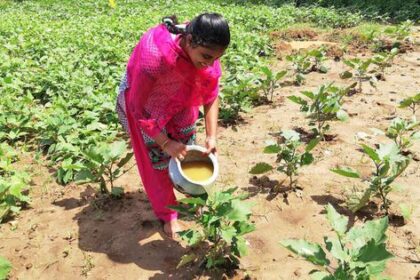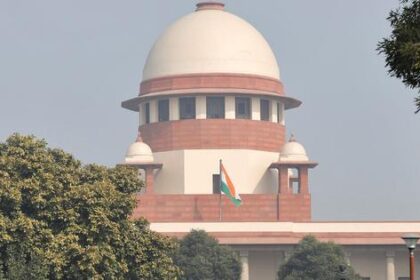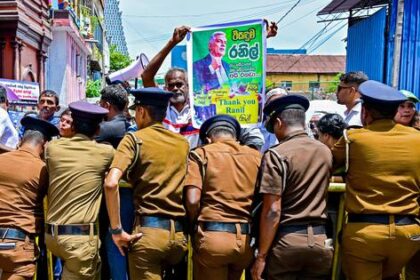Bhyrappa’s literary journey reflects the interplay of tradition and modernity in Kannada literature.
SL Bhyrappa, a prominent Kannada novelist, passed away on September 24 at the age of 94. His literary contributions are marked by an epic lens that scrutinized the conflict between tradition and modernity. Born in 1931 near Channarayapatna in Karnataka’s Hassan district, Bhyrappa emerged from a family that faced significant financial struggles following the death of his grandfather. His early life was marred by tragedy, including the loss of his mother and siblings to the bubonic plague.
Despite these challenges, Bhyrappa pursued education with determination, attending schools in Nugehalli, Channarayapatna, and Mysore. Financial difficulties led him to take on various jobs, including that of a scullion and a railway porter, before he eventually completed his BA and MA in Philosophy from the University of Mysore and a PhD from Maharaja Sayajirao University in Baroda. His teaching career began in Karnataka and culminated in his retirement from the Regional College of Education in Mysore in 1991.
Bhyrappa gained fame with his 1965 novel Vamsavriksha, which followed the publication of several earlier works. His writing portfolio includes 24 novels, an autobiography titled Bhitti, and various volumes of literary criticism. His storytelling prowess earned him numerous accolades, including the Nadoja Award, Pampa Award, and Nripatunga Award, along with the Padma Shri in 2016 and the Padma Bhushan in 2023.
While Bhyrappa’s earlier works presented his ideological stance with subtlety, he became more vocal about his views on Hindutva from the late 1990s. His novel Tabbaliu Neenade Magane, published in 1968, addressed the contentious issue of cow slaughter, coinciding with a significant rally in Delhi advocating for legislation against the practice. Another notable work, Naayi Neralu, published in the same year, advocated for widow remarriage, although it did not challenge the existing norms regarding property rights.
In 1973, Daatu was released, portraying the futility of the caste system, which resonated with the contemporary Dalit movement. Bhyrappa’s exploration of complex themes continued with Sartha in 1998, which presented graphic depictions of Muslim fanaticism, and Avarana in 2007, which tackled religious conversion, linking it to political narratives in Karnataka.
Bhyrappa began his writing career in the mid-1950s during a period of shifting literary influences, moving from progressive to modernist narratives. His contemporaries included writers like UR Anantamurthy and Yashwanth Chittal, who interrogated the interplay of tradition and modernity. However, Bhyrappa’s unique approach appealed to a specific readership that sought to reconcile their modern aspirations with their cultural heritage.
This demographic, often described as embodying a ‘fractured modernity,’ found in Bhyrappa’s works a reflection of their struggles to navigate the complexities of tradition and modernity. His storytelling continues to resonate, leaving a lasting impact on Kannada literature and its readers.

